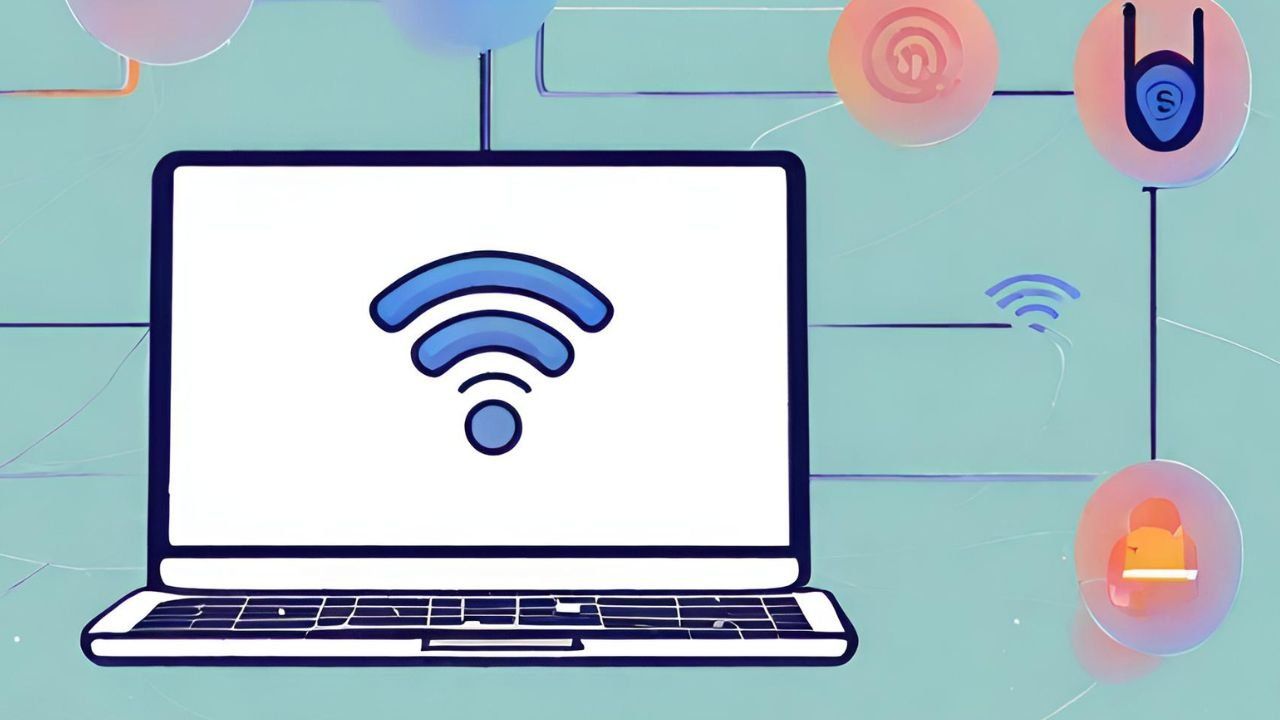How Do Matter Devices Receive Updates?
Matter-compatible devices occasionally receive updates, adding new functionality and features, and ensure the devices remain secure. New versions of Matter have so far been released periodically, but how do these updates reach your existing Matter compatible devices?

Please note: This page may contain affiliate links. Read our ethics policy
Matter-compatible devices occasionally receive updates, adding new functionality and features, and ensure the devices remain secure.
New versions of Matter have so far been released periodically, but how do these updates reach your existing Matter compatible devices?
Why Do Matter Devices Need Updating?

Updating Matter – as with most other software – is important. Given that smart home equipment typically plays a major part in the operation of your home, it’s possibly the most important update of them all.
The benefits of updating Matter devices include new functionality, fixes for features that might not have worked quite as expected, other bugs, and improvements to device security.
For example, the release of Matter 1.2 in October 2023 added new device types, including refrigerators, dishwashers, and robot vacuum cleaners. In addition, revisions and improvements were introduced to existing devices and types.
How Do You Know If an Update Is Pending?

Whether you are informed if a new update is available (or has been installed already) or not is determined by the setup you have. For example, if you use Samsung SmartThings, then the app can be configured to allow the installation of firmware updates as and when they’re distributed.
In this regard, notifications (if desired) are likely to occur after the fact. However, some hubs and other devices may use LEDs or some other method to indicate an OTA update has been installed.
How Are Updates Received?
Matter devices check periodically for updates, using the protocol’s unique OTA (over-the-air) system. Matter updates are stored on an OTA Provider, a dedicated server that distributes updates via a Matter hub in the home.
If updates are available, these are acquired by local hubs and distributed to the individual Matter-compatible hardware. From this point, the update is distributed to each device in turn, with the very latest version superseding any interim updates that may have been missed.
Updates are automatic, and can be distributed over Ethernet, Wi-Fi, and Thread, as well as Zigbee and Z-Wave, where a compatible bridge is in use. (Our guide to the difference between Matter and Thread should clarify things.)
Different hardware manufacturers have taken varying approaches to delivery. Returning to the example of Samsung, SmartThings hubs were initially configured to validate all connected devices against the published CSA list of compatible devices prior to roll out of OTA updates. In future, it is expected that a less in-depth check of devices will be conducted.
Whether the same approach will be seen across all Matter-supporting device manufacturers remains to be seen.
What If Updates Are Unsuitable?
In the unusual event of an update being incompatible with a piece of smart home or Internet of Things hardware, it should not receive an update.
At the time of writing, this is not believed to have happened. It seems likely that the existing functionality of an update-incompatible device will be retained until such a time as the hardware is considered obsolete or a replacement is installed.
A Focus on Update Security

There is a heavy security focus to Matter updates. To begin with, they can only be initiated with a specific command. Following this, only updates with a version number higher than the one currently installed can be accepted.
Device manufacturers issuing Matter updates must ensure that the OTA update payload is digitally signed, and that the device is capable of validating the signature before applying the update.
Physically, some Matter devices can be resistant to tampering, if the nature of the device dictates it. When it comes to updates, encryption is employed to check for updates, communicate the existence of a new update, and to distribute it. Certificates are verified before proceeding with installing the new OTA update. If there is no certification, there is no update; if errors or security issues are found, the certificate can be revoked.
Meanwhile, fake cryptographic certificates and any associated update material will be ignored.
In the event of a failed update or revoked certification, firmware rollbacks are not possible. The device manufacturer must instead issue a new update based on known-to-work firmware. Should a device be bricked from an update, a hard reset should resolve any problem. If this doesn’t work, you should report the issue with the device manufacturer via their online portal.
Matter Updates in the Future
As the Matter protocol is refined, so new OTA updates will be issued.
While formal confirmation has not been issued, future updates are expected to embrace new devices, add features to existing devices, and ensure the protocol remains robust and capable of defending against threats. This happened with Matter 1.2, and unsurprisingly seems to be the case with Matter 1.3, which is expected to roll-out in spring 2024.
Meanwhile, more manufacturers are expected to add Thread compatibility to their smaller, battery-powered devices, ensuring full coverage for this mesh-style protocol.
About the Author

Christian Cawley
Editor in Chief
Christian has been writing about technology since the mid 2000s, and has been published in numerous publications, online and in print. These include Android Magazine, Linux User & Developer, Linux Format, Tech Radar, Tom's Hardware, and Computer Active. From 2014-2024, he was a section editor and later deputy editor at MakeUseOf, before joining the Matter Alpha team. Christian enjoys old video games (mainly C64, Amiga, and MS-DOS), classic TV, and telling everyone who will listen that they should have a robot cleaner. When he's not shaping articles, Christian is a dad to three dancers, collects Lego, and is an avid home chef.